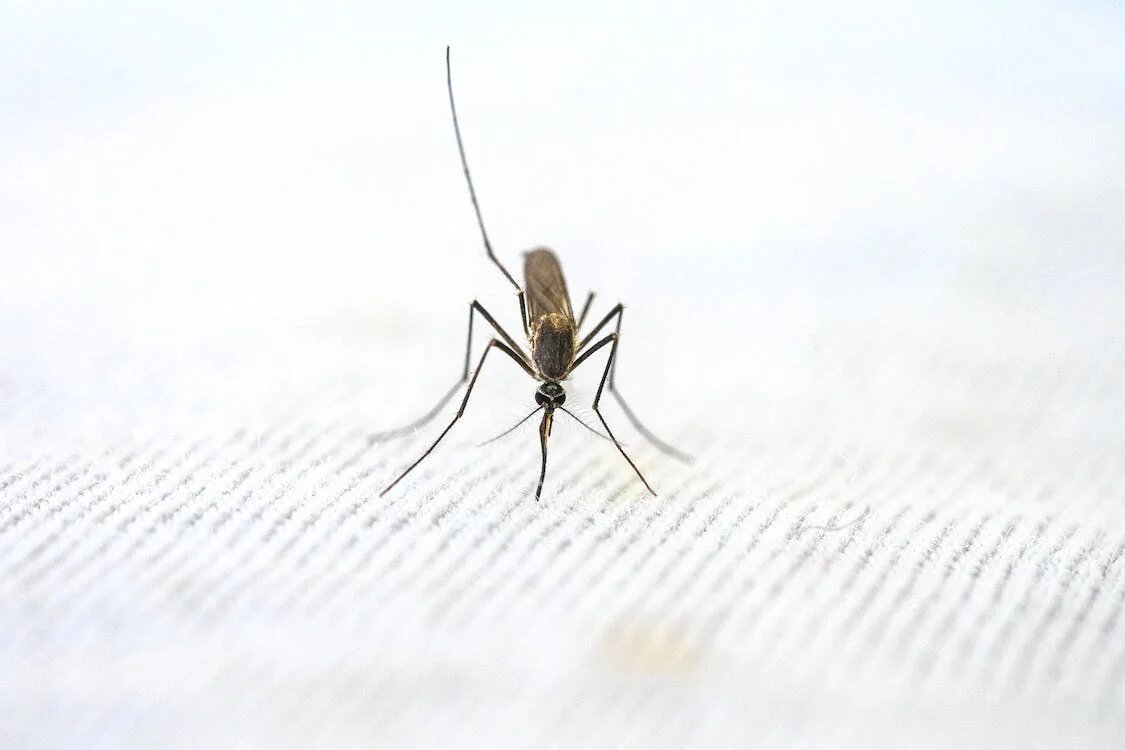Outsmarting malaria and other diseases with purpose-built house designs

Widespread cases of malaria common in the lake region and other parts of the country are expected to be brought under control in the near future if locals embraced house designs that would help keep mosquito-causing malaria at bay.
The vector control prototype house design will complement efforts towards the fight against malaria by other agencies in the hot and malaria prone regions of the lake and coast.
Dr Bernard Abong’o from the entomology department of Kenya Medical Research Institute (KEMRI) has been carrying studies on protecting homes from mosquito invasion in Siaya County with the support of Habitat for Humanity International (HFHI).
“The design is an example of a healthy home that will ensure home dwellers are not attacked by mosquitoes. While the fight against malaria control in the past has been sustained by use of pesticides and bed nets, the design will complement such initiatives, besides, mosquitoes are known to become resistant to pesticides,” Dr Abong’o said.
“Human behaviour at times makes people not sleep under a bed net. The house design will be a safe alternative in malaria control,” said Dr Abong’o during an Architectural Association of Kenya (AAK) Architects Chapter breakfast CPD session presentation on The Healthy Homes Guidelines and Checklist.
He says bed nets have their own limitations as they have to be replaced every three years at an expense.
“The insects are nocturnal and bite at night. Reducing mosquitoes indoors means less malaria cases,” says Dr Abong’o.
Well-built housing can be protective against mosquitoes and simple features, including closed eaves (the gap between the top of the wall and the over-hanging roof), screening windows, doors and eaves, brick walls, tiled or metal roofs, elevation or ceilings can reduce mosquito house entry.
Malaria is a leading public health problem in Kenya. The disease is endemic in different parts of the country and almost 70 per cent of the entire population is at risk. The disease accounts for 13 per cent to 15 per cent of hospital outpatient visits.
Within the lakeside endemic region an average of 52.4 per cent of people have had malaria or an associated fever.
Malaria, which is transmitted through the infectious bite of the Anopheles female mosquito affects individuals of all ages and is a major cause of morbidity and mortality among pregnant women and children under five years of age.
The house models under the study in Siaya have continued to raise curiosity and acceptance from communities because of their involvement.
Jacob Simwero of Habitat for Humanity International says the healthy housing concept needs to be incorporated in sustainable construction initiatives.
He says for success to be achieved, other stakeholders and professionals need to be included. “Property developers need to think about health at the time of designing a home in malaria prone areas.
He says the Building Code also needs to have an element and emphasis of a healthy vector control home. “Implementation of the success of the concept can be achieved through a multi-agency approach. It is important to sensitise the public,” says, Robyne Manguro from AAK.
Manguro is of the opinion those responsible for issuing building approvals should emphasise on developers having an element of a healthy home in the designs of properties. “In many homes, we fight for space with mosquitoes. This needs not to happen,” says Manguro, stressing even local construction workers whom developers have trust in require knowledge of what elements to incorporate into a design for a home to be considered healthy.
The experts stressed architects who previously designed homes without taking into account the health of dwellers got a wakeup call after Covid-19 broke out.
Some are still yet to come to terms with the realty of past mistakes of the failure to embrace the healthy home concept in building designs even after the pandemic revealed the gap.
“The pandemic revealed the state of poor housing designs lacking in giving thought to the concept of a healthy home to ensure the safety and health of dwellers,” newly elected AAK President Florence Nyole observes.
Nyole says at the architect’s chapter of AAK in collaboration with Habitat for Humanity International recognise that living in a healthy home is crucial for the physical and mental well-being of individuals.
Traditional house designs
According to a study in the Lancet Planetary Health, changing home design and materials to make homes cooler and harder for mosquitoes to enter could reduce malaria transmission in sub-Saharan Africa.
Study researchers found 96 per cent fewer mosquitoes in a Southeast Asian style two storey house built with permeable local bamboo walls and screened windows compared to a traditional mud or wattle-daub African home built on the ground with poor ventilation.
According to researchers, many houses in African homes, such as Kenya aren’t very well adapted for keeping the mosquitoes out. Sleeping people are an attraction for mosquitoes, which are attracted to carbon dioxide. A home full of stagnant, exhaled air, and the complex cocktails of body odour, lure them inside the house. Mosquitoes are able to get inside because many of the houses have thatched or iron sheet roofs made of mud and dry vegetation, which often leaves gaps under the eaves. These houses often don’t have windows, and when they do, they don’t always have screens.
Dr Abong’o delivered a presentation highlighting the significance of vector proofing in house design to mitigate the entry of disease-carrying vectors, such as mosquitoes.
The Healthy Housing Guidelines and Checklist aims at raising awareness among industry professionals and policymakers about the significance of healthy housing guidelines.
This is besides the implementation of healthy design elements in residential buildings.
Nyole said large proportion of Kenyans, especially those residing in informal settlements, face numerous challenges, such as inadequate infrastructure, low-quality housing, and poor housing conditions that expose them to health risks.
The guidelines provide insights into both indoor and outdoor aspects of a home, serving as a valuable resource for homeowners, builders, policymakers, and industry stakeholders.
Dr Abong’o also shed light on the health risks associated with household air pollution and the need to address these issues for improved health outcomes.
The Healthy Homes Guidelines and Checklist, developed in partnership with Habitat for Humanity International also aims at guiding the design, renovation, and retrofitting of homes for improved well-being and resilience.
Nyole stressed the importance of evaluating housing design in informal settlements, promoting adaptable and comfortable homes that can withstand future pandemics.












